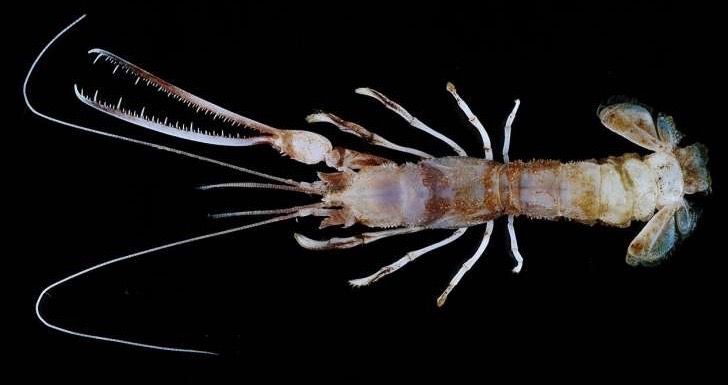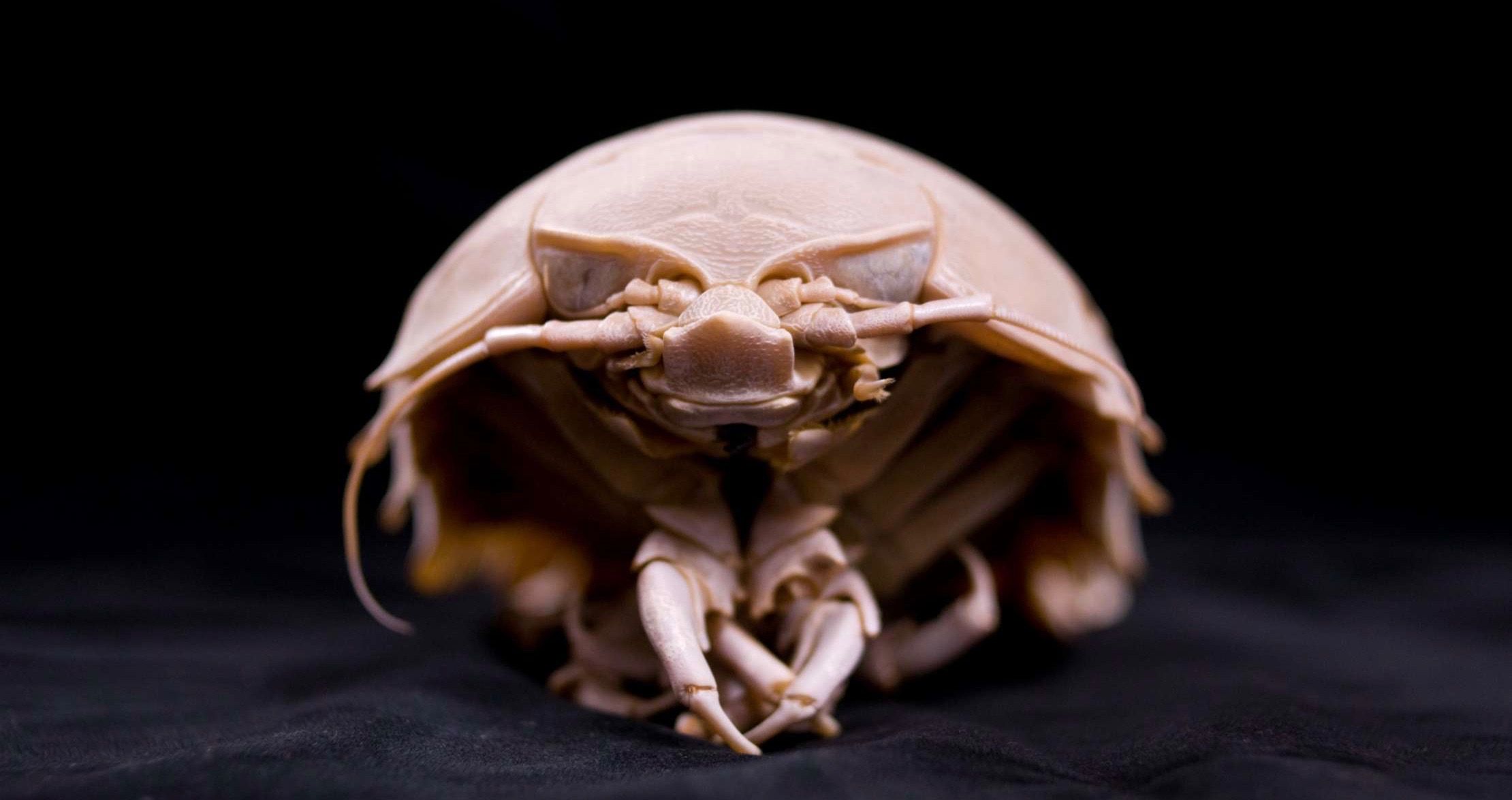Singapore and Indonesian scientists have recently discovered a number of unknown deep-sea creatures in a recent expedition. These include formerly unclassified species of crabs, prawns and lobsters from the deep seas in West Java.
The expedition,which lasted two weeks, produced more than 12,000 unique specimens from the bottom of the Sunda Strait and the Indian Ocean that will take more than two years to be studied and categorized. These waters off West Java had not been explored by marine biologists until this recent expedition.
“People have collected data off west of Sumatra, eastern parts of Indonesia and southeastern part of Java,” said Professor Peter Ng, head of the Lee Kong Chian Natural History Museum at the National University of Singapore (NUS). “But for whatever reasons, the Sunda Strait in southwestern and southern Java were poorly collected. We had almost no information about the deep-sea animals living there. So we thought, here’s a nice chance to fill the gap. We cannot conserve what we do not know.”
Professor Ng, an expert in crab species, headed the 14-day South Java Deep Sea Biodiversity Expedition (SJADES 2018) along with Indonesian Institute of Sciences (LIPI) Professor Dwi Listyo Rahayu, an authority on hermit crabs.
The research ship, which sailed from Jakarta to Cilacap, carried 31 scientists as well as support staff. All in all, they covered a distance of 2,200 km by sailing counter-clockwise from Jakarta through the Sunda Strait to Cilacap in southern Java.
By employing trawls, dredges, box corers and multicorers, the NUS-LIPI research team was able to gather marine species samples at depths of up to 2,100m. Professor Ng was pleasantly surprised by the discovery of more than a dozen new species of hermit crabs, prawns, lobsters and crabs, as well as 40 additional species.
Among those collected were three new species of spider crabs, a crab camouflaged with detritus, small zoanthid anemones and mud, which has a oversized plates adjacent to its red eyes, an orange species with strong spines, and an elongated decorator crab.
The reason many of these crabs decorate themselves even at such extreme depths where visibility is null is because “a whole bunch of animals are using sound”, said Prof Ng. “They hit you with sonar. Which means that even if they can’t see you, you don’t want to look like a crab, you want to look like a blob of sponges. Even in the deep, it pays that you try to pretend to be something you’re not.”
Other discoveries include a new species of hermit crab with jade-green eyes, a new species of Bathynomus, or giant sea cockroach, measuring 30 cm in length, a new shrimp species with shiny eyes, a new species of squat lobster with a zebra pattern on its body, a flat-headed goby fish species, and an ice-cream cone worm that pastes sediment to the pre-existing conical tube as they enlarge, thus resembling an ice-cream cone.


